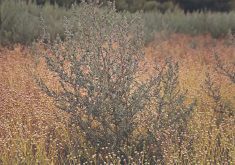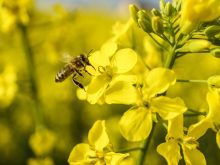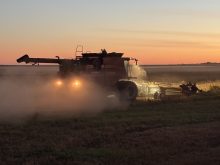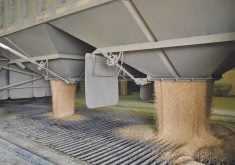It’s surprising to see so many otherwise progressive farmers so reluctant and slow to adopt newer, higher yielding crop varieties. It’s as if they don’t actually believe the yield data.
I’m no expert on crop breeding, registration and varietal release, but with my various roles in the industry over the years, I’ve had the opportunity to view each aspect of the seed sector. Recently, I spent much of the day on a video call with scores of other industry people from breeders to farmers to seed distributors dealing with the data that will go into the Saskatchewan Seed Guide 2022.
Read Also
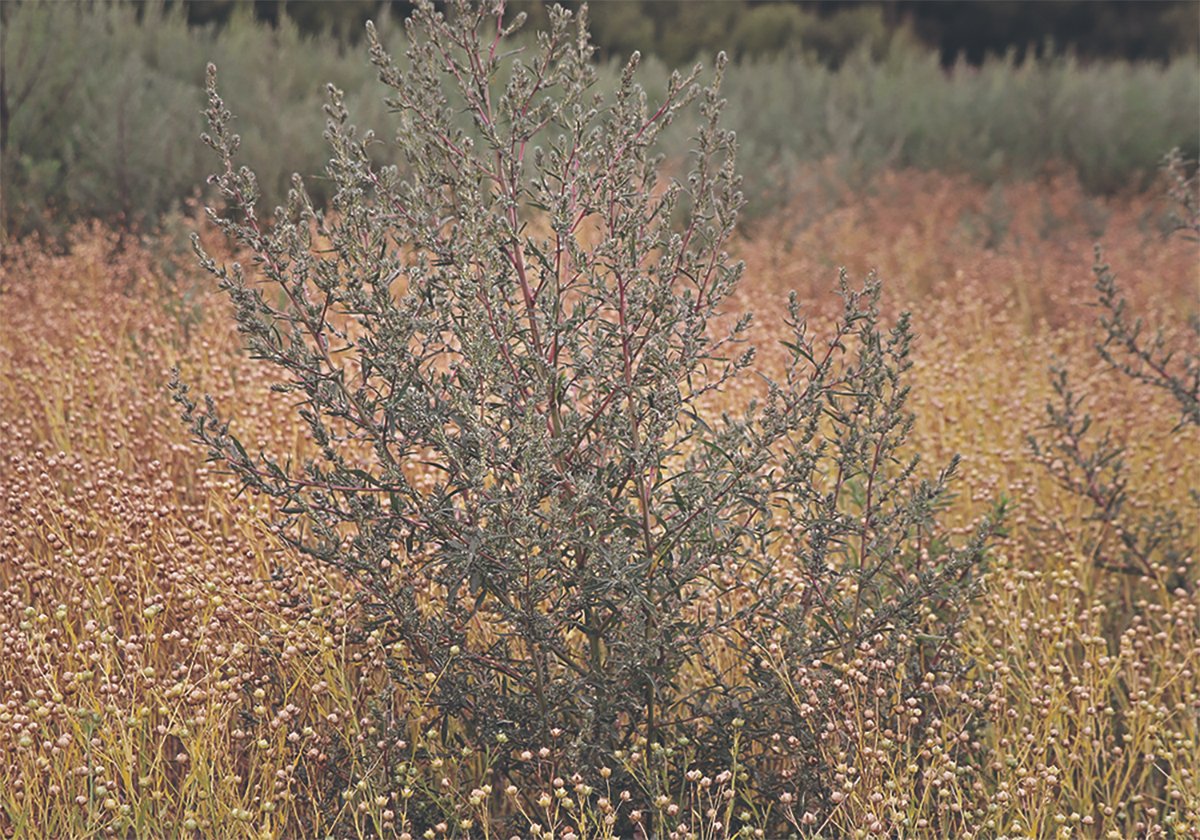
Kochia has become a significant problem for Prairie farmers
As you travel through southern Saskatchewan and Alberta, particularly in areas challenged by dry growing conditions, the magnitude of the kochia problem is easy to see.
I’m one of the first to be wary of advertising claims, but the data that comes from regional trials is the best information available on how crop varieties compare. You can’t beat randomized block design plots at numerous sites over many years for good information. Any site with too high a coefficient of variation (CV) is discarded.
Even the best new varieties won’t necessarily have the highest yield at every site every year, but after a significant number of site years, reliable data is generated. Unfortunately, the data is too often discounted or ignored.
Sask Pulse Growers (SPG) is pointing this out in a gentle way noting in its information to growers that there are “some intriguing newer variety options to consider.”
The old variety CDC Meadow is still the most common yellow pea even though newer varieties yielding 10 to 12 percent more are now available.
In small red lentils, SPG notes that CDC Maxim has been the dominant variety since 2007, but now there are varieties with a five to 14 percent yield improvement. In large green lentils, most growers have remained with CDC Greenland, even though CDC Greenstar yields nine to 10 percent more, has larger seed size and improved disease resistance.
New varieties don’t always have a significant yield advantage and quality traits other than yield are also important. However, growers in many cases are slow to adopt varieties with obvious advantages. They don’t seem to use the unbiased trial data being generated.
The new Saskatchewan Seed Guide with updated statistics won’t be available until the New Year, but the numbers don’t change dramatically from one year to the next. Since the data is based on a gradually increasing number of site years, the yield and disease ratings tend to evolve gradually.
Buying certified seed is an extra expense, and while seed growers would love for farmers to buy certified seed every year, that doesn’t typically happen on open pollinated crops.
Some farmers will buy enough certified seed to switch to a new variety and then keep their own seed until the next time they switch. Other producers will buy just enough certified seed to generate a full seed supply for the following year. This creates a one-year lag, but it cuts the seed cost.
While the agriculture industry likes to pride itself on technology adoption, new variety adoption often lags. Perhaps farmers are jaded from all the miracle product claims and don’t realize that varietal trial information is based on strict protocols.
If you look at promotions from a particular seed supply company, they will always portray their varieties in the best light possible. Seek out the information in provincial seed guides for full, meaningful comparisons.
Sometimes the advantages of new varieties are too small to be important, but in many cases producers are missing the boat.
Kevin Hursh is an agricultural journalist, consultant and farmer. He can be reached by e-mail at kevin@hursh.ca.






